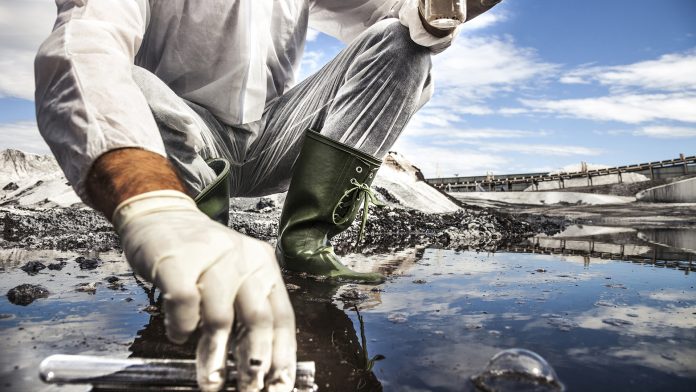Researchers at Utrecht University have concluded that severe water quality issues are being caused by an invisible water crisis.
The crisis is preventing the achievement of the United Nations’ (UN) Sustainable Development Goal (SDG), as severe water quality issues continue to persist in some regions.
The team developed a new water quality model to further highlight the current and future pollution status of rivers and streams globally.
The research was published today in Nature Communications: Earth & Environment.
Increasing global water issues
Water quality issues are branded as an ‘invisible water crisis’ by the World Bank, as they are under-monitored, difficult to detect, and often invisible to the human eye. Nevertheless, the quality of global water resources is increasingly coming under pressure due to population growth, economic development, and climate change.
Clean water is vital for our societal needs, such as public health, energy generation, and crop production, along with protecting the health of our ecosystems. Around 829,000 worldwide deaths each year are thought to be related to the use of contaminated water for drinking or sanitation purposes.
The researchers developed a new, high-resolution global water quality model which can “help to fill-in-the-gaps in water quality knowledge, particularly in world regions where we lack observations,” said Edward Jones, lead author of the study.
In addition to identifying hotspots of water quality issues, the model can help with attributing the source of pollution to particular sectors. “For instance, large-scale irrigation systems for agriculture drive salinity issues in Northern India, while industrial processes are more responsible in eastern China. Conversely, the domestic and livestock sectors drive organic and pathogen pollution worldwide,” Jones remarked.
The study was extended beyond just the past and current water quality. They applied their model to investigate how achieving the SDG target to halve the proportion of untreated wastewater entering the environment in 2030 would benefit global river water quality.
“Our simulations show that, for a large part of the year, water quality in several regions would still exceed critical thresholds for human uses and ecosystem health. This is especially the case for developing countries, particularly in sub-Saharan Africa and South Asia,” Jones explained. So, while the SDG target improves water quality, it is not always enough.
Difficulties of managing the ongoing water crisis
Finding an optimum way to manage these problems has proved difficult. Jones stated: “Even achieving the current SDG target will pose serious economic challenges, as expansion of wastewater treatment can be an expensive process.
“Yet the cost disadvantages of inadequate water quality for sectoral uses must also be considered. Ultimately, however, we also need to reduce our pollutant emissions and develop new approaches towards wastewater management.”
Jones concluded: “As such, with this paper, we hope to underline the water quality problems we’re facing and firmly place these issues back on the political agenda.”









